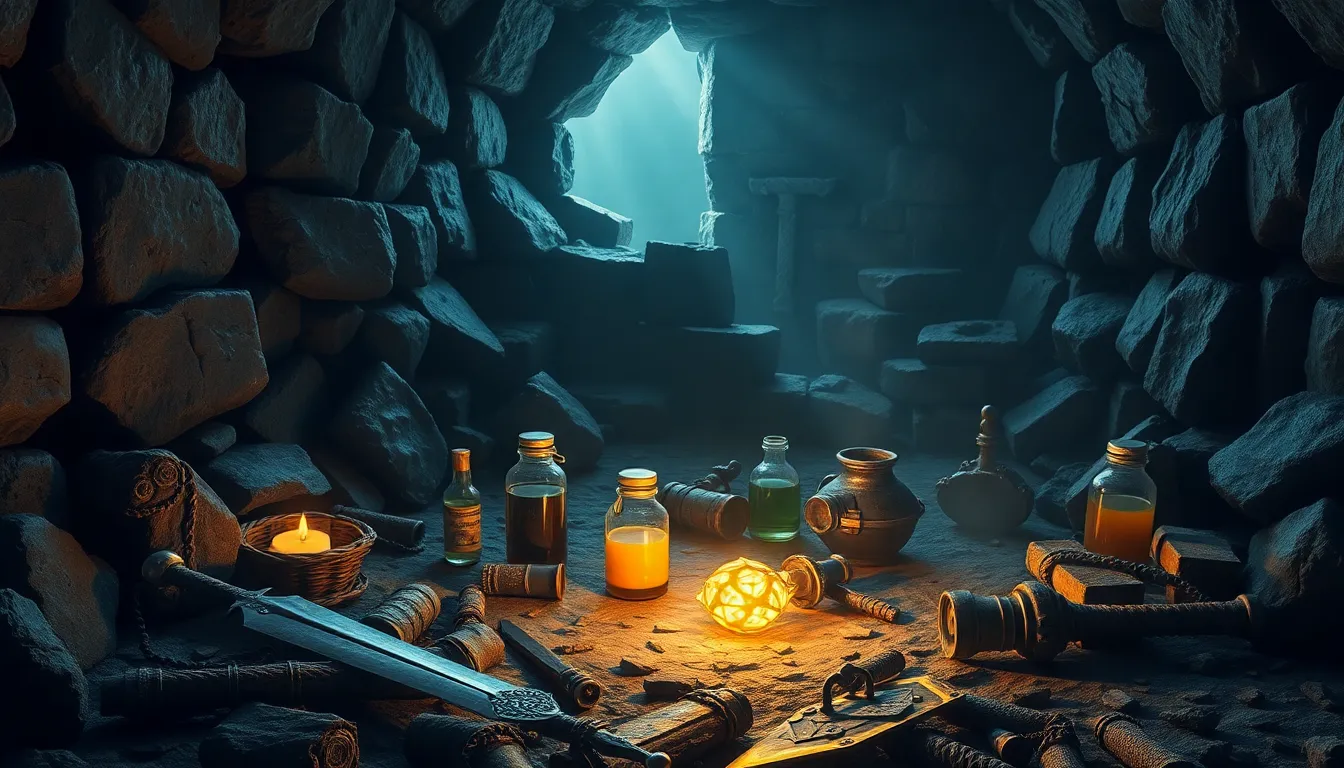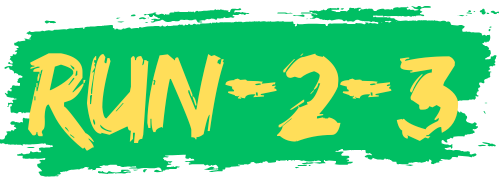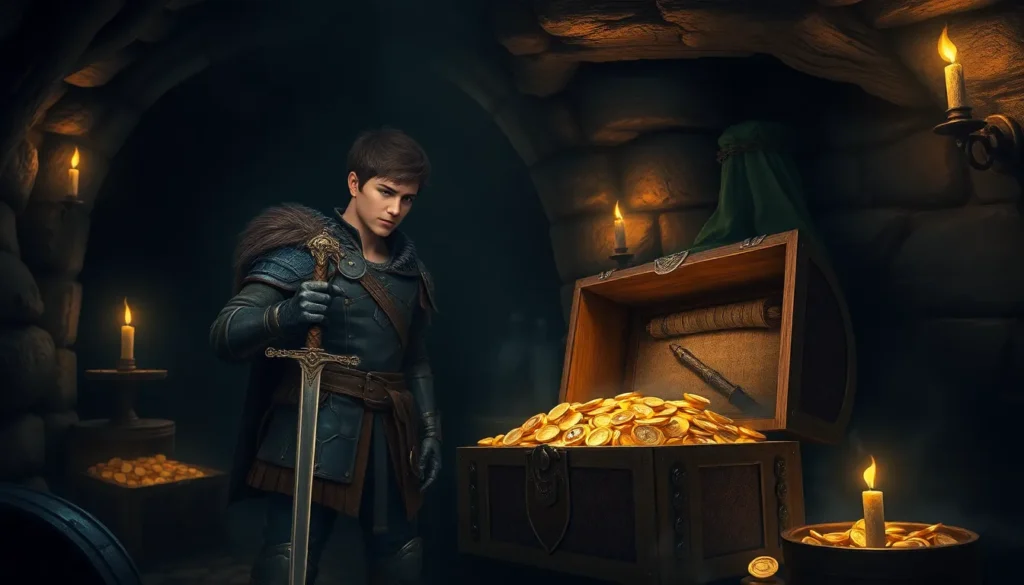In the vast, enchanting world of Oblivion, adventurers often find themselves at the mercy of chance when it comes to treasure hunting. Loot tables, those mysterious charts dictating what goodies lie hidden in dungeons and chests, can make or break an epic quest. Imagine diving into a cave only to discover a rusty spoon instead of that shiny sword you were dreaming of—talk about a letdown!
Table of Contents
ToggleOverview of Oblivion Loot Tables
Loot tables in Oblivion play a crucial role in determining the rewards players receive during their adventures. They govern what items spawn in specific locations, such as dungeons and chests. Understanding these tables helps players strategize their treasure hunting.
Numerous item categories exist within these tables, including weapons, armor, potions, and miscellaneous items. Different dungeons contain distinct loot tables, creating variety in treasure hunting experiences. For example, low-level dungeons often feature basic items, while higher-level dungeons can offer rare and powerful artifacts.
Players encounter specific percentages associated with each item, indicating the chance of finding it. Notably, these percentages can fluctuate based on factors like player level and completed quests. Rare items, such as Daedric artifacts, appear less frequently, enhancing their desirability.
Unique enemies also influence loot drops. Defeating specific bosses or minibosses may yield exclusive items tied to their loot tables. Players looking to collect all unique items can target these enemies for better chances.
Some players utilize external resources to explore loot tables thoroughly. Websites and forums offer detailed charts and formulas, which provide clarity on item locations and drop rates. Engaging with these communities aids players in maximizing their loot potential.
Ultimately, knowledge of Oblivion’s loot tables enhances the gaming experience. By understanding where to find specific treasures, players can navigate the world more effectively and avoid frustration when discovering unwanted items.
Types of Loot in Oblivion

Loot in Oblivion comes in various forms, classified mainly into common items, rare items, and unique artifacts. Each category serves to enrich the gameplay experience and enhances players’ treasure hunting adventures.
Common Items
Common items appear frequently throughout the game. Examples include basic weapons, potions, and simple armor pieces. These items often fill the loot tables in lower-level dungeons, which makes them easily accessible to new players. Finding a standard iron sword or a health potion provides essential resources for early survival. Players can also discover everyday items like food and clothing, which add realism to the game world.
Rare Items
Rare items hold greater value and significance. Players encounter these treasures in higher-level locations, such as advanced dungeons or after defeating formidable foes. Equipment like enchanted weapons, superior armor, and potent potions fall into this category. The likelihood of discovering rare items increases with elevated player levels and accomplishment of specific quests. Something like a Daedric weapon can significantly improve combat effectiveness, enticing players to explore more challenging areas.
Unique Artifacts
Unique artifacts stand apart due to their distinctiveness and special abilities. Obtained primarily from specific quests or by defeating legendary enemies, these items are not found in ordinary loot tables. Artifacts such as the Wabbajack or Mehrunes’ Razor grant players extraordinary powers or effects. Their rarity makes them highly coveted among players, providing additional motivation for exploration and engagement with the game’s lore. Obtaining a unique artifact can transform gameplay and strategy, highlighting its significance in Oblivion.
Analyzing Loot Distribution
Understanding loot distribution in Oblivion sheds light on how treasures are allocated to players. Many factors affect quality and variation of items found during exploration.
Factors Influencing Loot Quality
Player level stands as a major determinant of loot quality. Higher levels unlock access to better items, boosting the probability of rare finds. Dungeon difficulty also plays a key role; tougher dungeons yield superior rewards. Enemy types impact loot drops as well; unique bosses drop exclusive items that enhance gameplay. Completing specific quests may add to loot potential, rewarding players with quests-related artifacts. Environmental factors, including time of day and weather, can subtly influence spawn rates and quality of loot.
Region-Specific Loot Variations
Regional loot variations exist throughout Oblivion’s expansive world. Different ecosystems, such as forests or mountains, host distinct treasure pools. Dungeons within these regions feature themed loot tables, enhancing the sense of adventure. For example, coastal areas often contain items related to piracy, while mountainous regions may boast rare ores or artifacts. Specific NPCs or factions may also uniquely impact the loot players encounter, further diversifying treasure hunting experiences. Understanding these regional nuances encourages players to explore diverse locations, increasing their chances of obtaining valuable items.
Strategies for Maximizing Loot
Maximizing loot in Oblivion requires strategic planning and effective techniques. Players can enhance their treasure hunting experience by applying specific methods.
Efficient Exploration Techniques
Utilizing stealth and agility can greatly improve loot acquisition. Sneaking into dungeons allows players to avoid detection and engage enemies on their own terms. Concentrating on quick saves before entering new areas increases the chances of encountering better loot. Exploring the entire dungeon rather than rushing through helps uncover hidden chests and secret passages. Engaging in thorough searches of each room and using spells can reveal invisible items or locked chests. Furthermore, paying attention to environmental cues often indicates treasure locations. These techniques collectively enhance loot discovery during adventures.
Best Locations for Loot Farming
Certain locations in Oblivion offer superior opportunities for loot farming. Dungeons like “Shivering Isles” feature higher-level enemies, resulting in better item drops. The “Ayleid Ruins” serve as excellent sites for finding both rare items and various artifacts. Exploring “Fort Naso” frequently reveals enchanted weapons hidden within. The “Caves of Orodil” hold unique treasures, dropping valuable resources regularly. Players should also consider the “Ancient Ruins,” known for their rich loot tables and diversity of items. These key locations provide pronounced advantages for loot farming efforts.
Understanding Oblivion’s loot tables is essential for any adventurer looking to maximize their treasure hunting experience. By grasping how these tables function players can navigate the game’s diverse dungeons more effectively. The thrill of discovering rare artifacts or unique items adds depth to gameplay and encourages exploration.
Implementing strategies such as stealth and thorough exploration can significantly enhance the quality of loot found. With the right approach players can transform their adventures from frustrating encounters with common items into rewarding quests filled with valuable treasures. Ultimately the journey through Oblivion becomes more engaging and fulfilling as players learn to master the art of treasure hunting.





